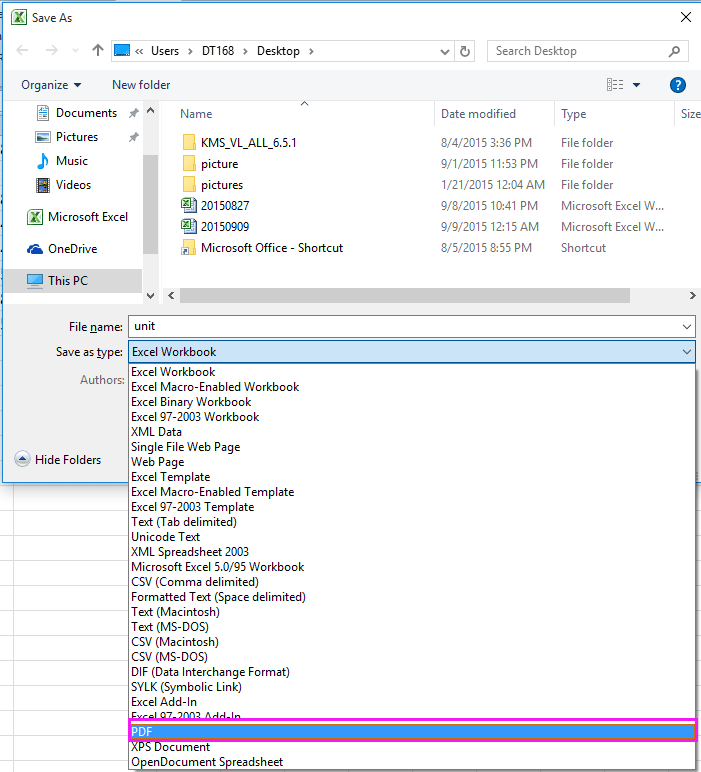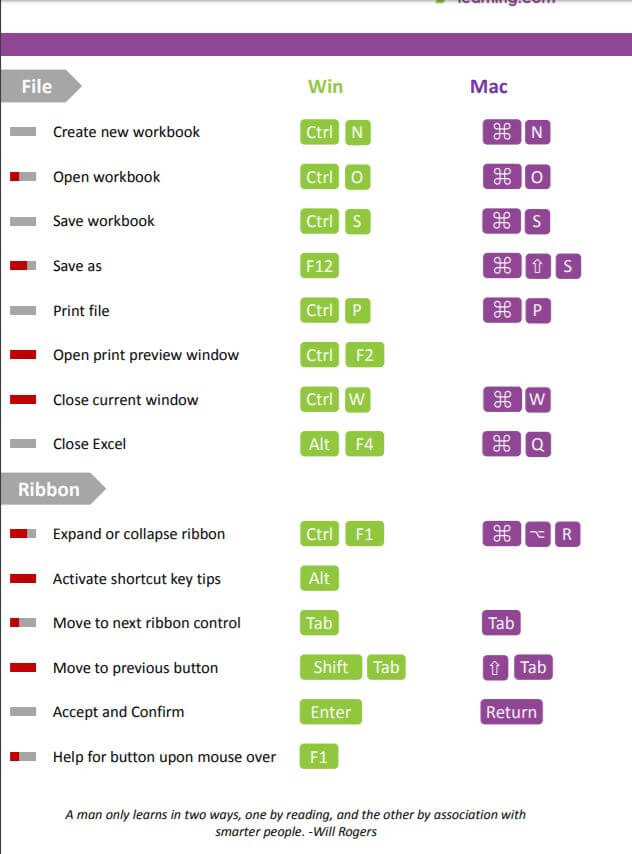

To export a certain worksheet, simply make it active by clicking on this sheet's tab.If you wish to export a table, place the cursor to any cell within a table.Open your Excel workbook and select the ranges or sheets you want to convert to a PDF file.Microsoft Excel allows exporting selected ranges or tables as well as saving one or several worksheets or the entire workbook as a PDF file. So, if you have any modern version installed, including Excel 2016, 2013, 2010 or 2007, you can convert Excel to PDF in the following quick and straightforward way. xls formats have been around for quite a while and both have always been popular among users, the possibility to export Excel files directly to PDF appeared in Excel 2007 only.
Only create a pdf one tab in excel 2016 for mac software#

You may also want to convert your Excel spreadsheet into a neater PDF format for a media kit, presentation and reports, or make a file that can be opened and read by all users, even if they don't have Microsoft Excel installed, for example on a tablet or phone. Learn more about Tracking and Reviewing Changes at short tutorial describes 4 possible ways to convert Excel files to PDF - by using Excel's Save As feature, Adobe software, online Excel to PDF converters and desktop tools.Ĭonverting an Excel worksheet to PDF is often necessary if you want to let other users view your data but not edit it. Accept or reject all changes by clicking Accept All or Reject All.You must click Accept or Reject for a change before advancing the next change. Make your selection concerning each change that has been saved on the document.

Click the Review tab > Track Changes (in the Changes group)> Accept/Reject Changes.To remove tracked changes from a workbook, follow these steps: Microsoft Excel includes a Track Changes feature that allows you to track changes made to a shared workbook by a user. Remove Tracked Changes manually or selectively Click the name of the sheet you want visible and click OK.Click the Home tab > Format (in the Cells group) > Hide & Unhide > Unhide Sheet.Workbooks in Microsoft Excel may contain hidden sheets that contain information. Click the Home tab > Format (in the Cells group) > Hide & Unhide > Unhide Rows or Unhide Columns.Click the Select All button, in the upper-left corner of the worksheet or press Ctrl + A.To unhide all of the cells in a worksheet: In Microsoft Excel, it is possible to hide entire rows and columns of cells within a worksheet. Selectively Display Hidden Cells, Rows, and Columns To delete a comment, right-click the cell containing the comment, and then click Delete Comment on the shortcut menu. To view a comment, click the cell and the comment will pop up. Typically, comments contain the name of the person who created them, and they appear as a small red triangle in the upper-right corner of a cell. Microsoft Excel offers the ability to add comments to workbooks. To selectively edit or remove document data, click File > Info > Properties. Edit Document Properties, Personal Information and Other Document Data

The Excel Document Inspection window shown below opens up.Ĭlick Inspect to identify hidden content, and then click Remove All to remove the item of your choice.Īfter you have completed these steps, save the document, and the spreadsheet will not contain the hidden data that you have removed. To open the Document Inspector, click File > Info > Check for Issues > Inspect Document. Use the Document Inspector to Remove Hidden Data Avoid unintentionally distributing hidden information, such as the document's author, names that are associated with comments or tracked changes, or hidden cells or worksheets, by removing hidden data.


 0 kommentar(er)
0 kommentar(er)
